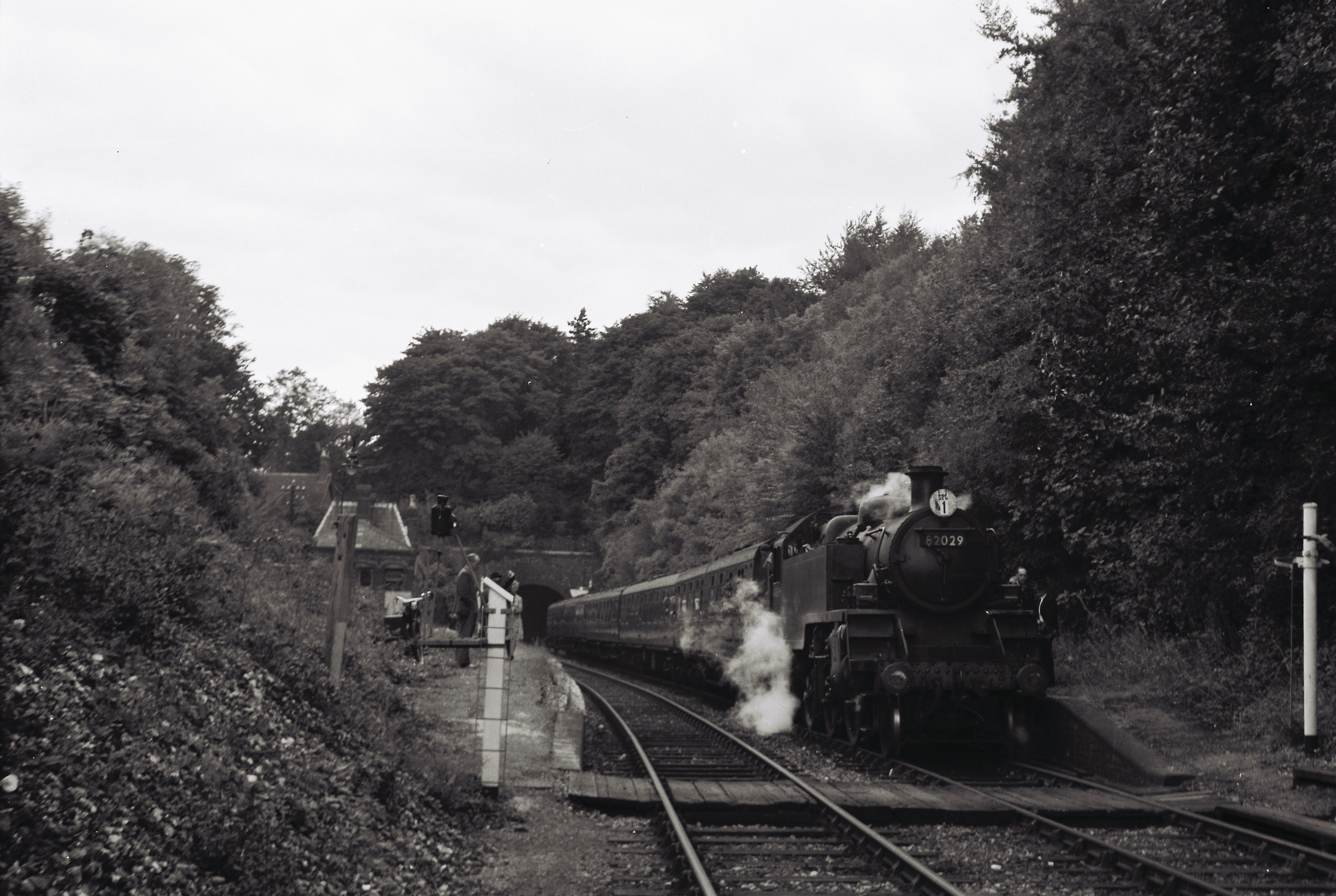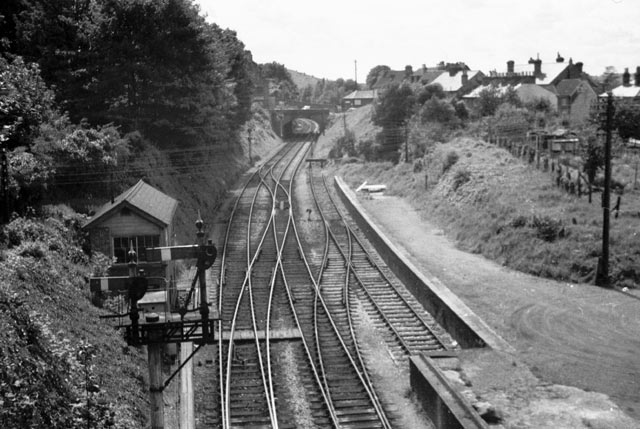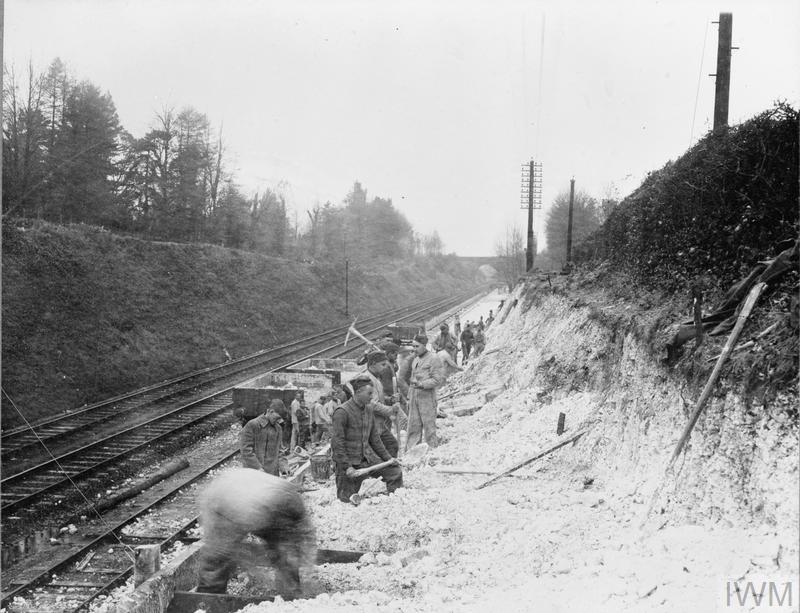St Giles Hill, Winchester Cheesehill Railway Station and the Didcot, Newbury, Southampton Railway
Prior to 1960 Winchester had two railway stations: the current mainline station (then known as Winchester City) on the west side of town, and a second known as Winchester Cheesehill located on the east side of town on Chesil Street below St Giles Hill.

Topographic map of the Winchester area showing the active railway network present in 1918.
The Ordnance Survey map below published in 1903 shows the line.
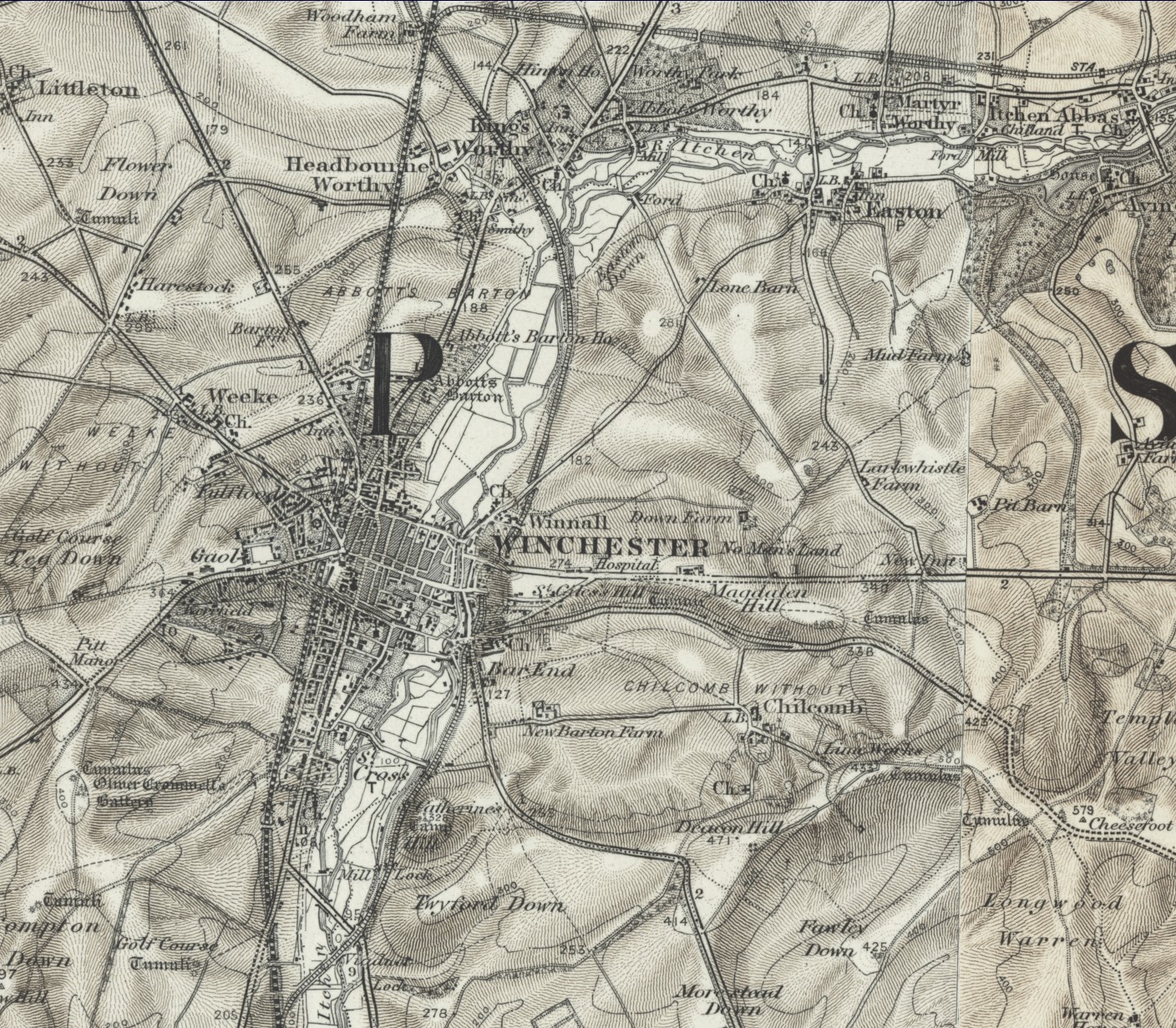 OS map showing railway system around Winchester - surveyed 1901 published 1903
OS map showing railway system around Winchester - surveyed 1901 published 1903
Section of 25-inch OS map with Winchester Cheesehill Station, surveyed in 1908 published

Winchester Cheesehill railway station.
Winchester Cheesehill Station was part of the Didcot, Newbury, Southampton railway (DNSR). It opened on 4 May 1885 and was originally named Winchester Cheesehill.
At the time it was the terminus of the line although it was planned to extend the line southwards to Southampton. The line was intended as a more direct north-south railway link from the Midlands to the expanding port of Southampton. The northern section from Didcot to Newbury opened in 1882, however, the company failed to secure funding to build the extension to Southampton and work was halted in1883 so that the company could concentrate on completing the line to Winchester. At this point, DNSR approached the Great Western Railway (GWR) for help as the company did not have the financial muscle to commence operations. GWR consented to operate the new line, and provided locomotives, rolling stock, and manpower. They hoped this would gain access to the port of Southampton to compete with their rival London South West Railway (LSWR). DNSR still needed an independent line to Southampton to be a going concern, but GWR failed to invest in its completion.
Finally, the LSWR fearing that the GWR might eventually finance the completion of the DNSR, offered a compromise. It proposed and built a connection line from the DNSR at Winchester into its LSWR Waterloo-Southampton line joining just north of Shawford Station. In return DNSR were to give up seeking an independent route to Southampton. The line via the LSWR built Hockley (Shawford) Viaduct was completed in 1891, and services from Didcot to Southampton began.
The viaduct was the work of LSWR’s Consulting Engineer W.L.Galbraith and constuctor Jos T. Firbank. It consists of massive piers constructed of concrete clad in brick. Each pier weighed about 650 tons The arches are built of brick.
Owing to the fact that GWR operated the line, Chesil station railway buildings were larger than those of any other DNSR stations (having been completed prior to GWR involvement), being built to GWR standards.
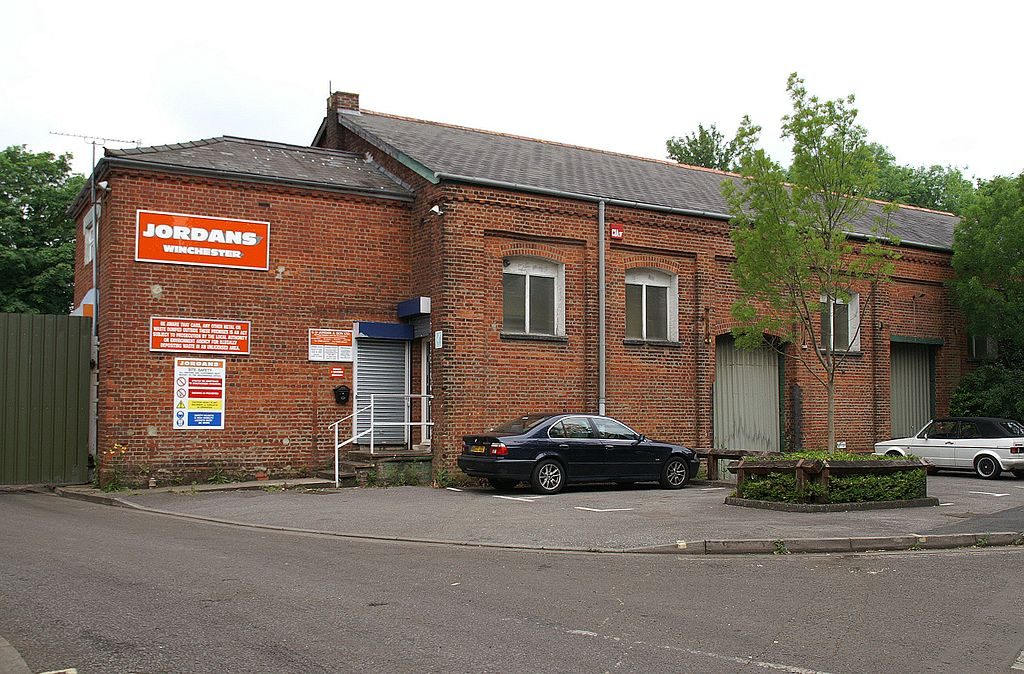
The station buildings were located on the northbound platform. At the northern end of the station, the line passed into the double-tracked Chesil tunnel. The station also included a loading bay and single siding at its southern end accessible from the northbound line.
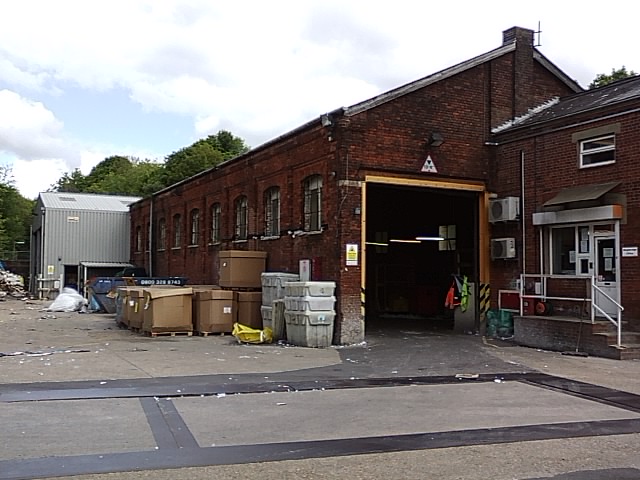
Railway shed

Chesil street railway tunnel under St Giles Hill
The DNSW line had other railway stations close to Winchester, one at Kings Worthy and another as Sutton Scotney.


